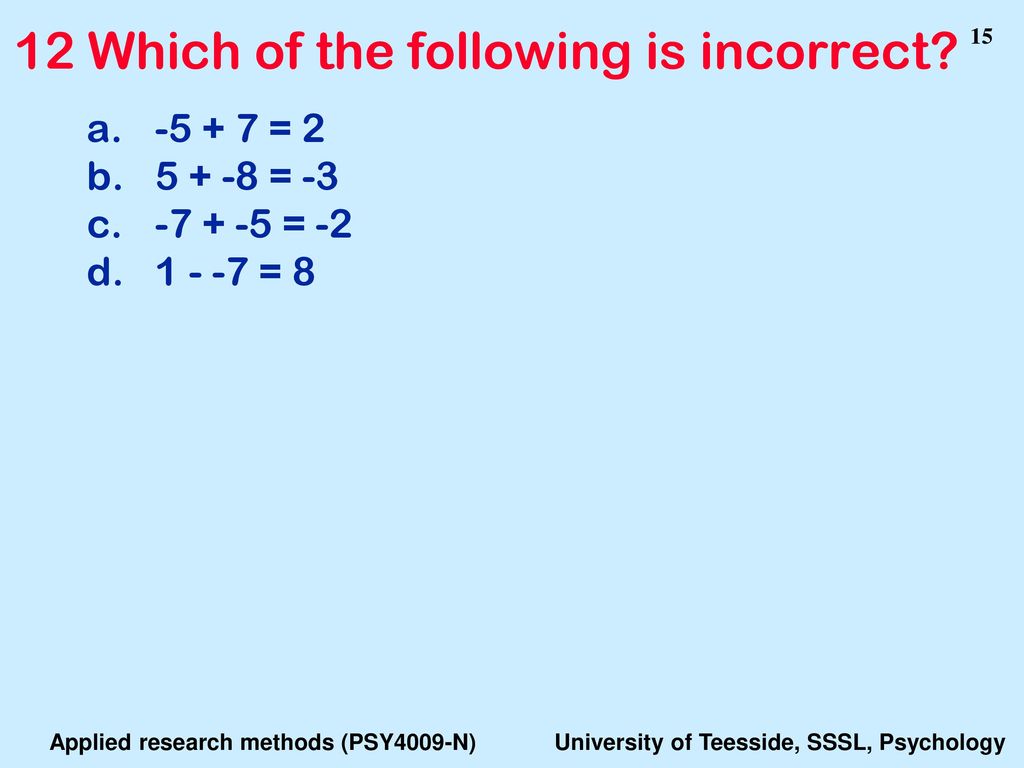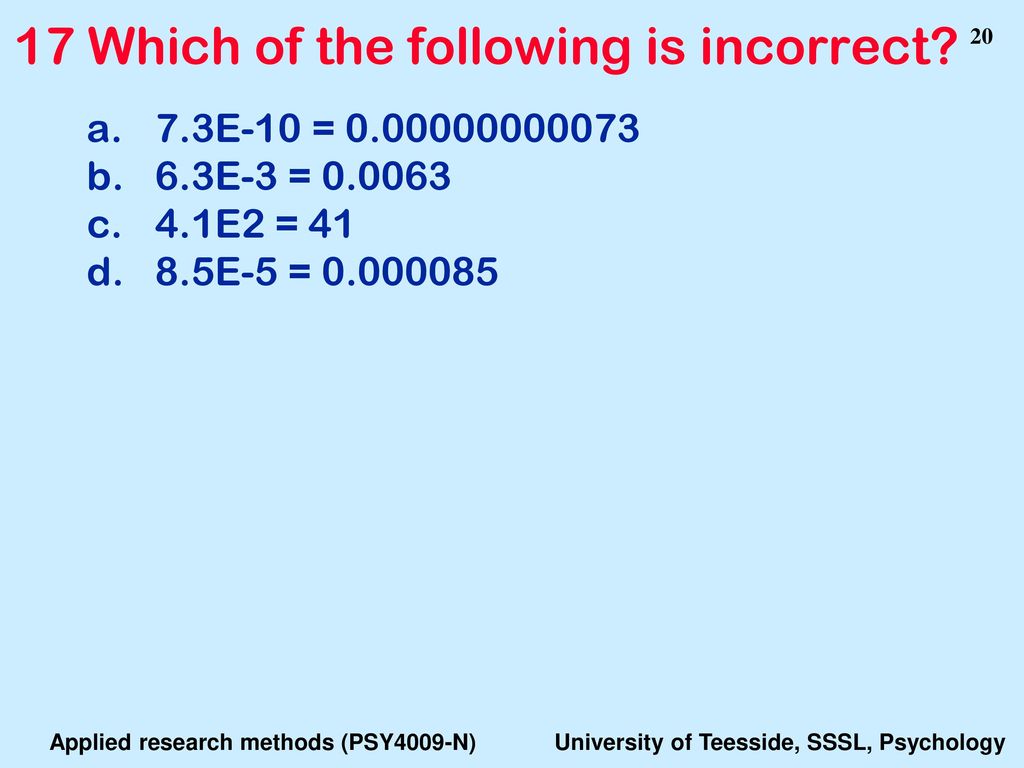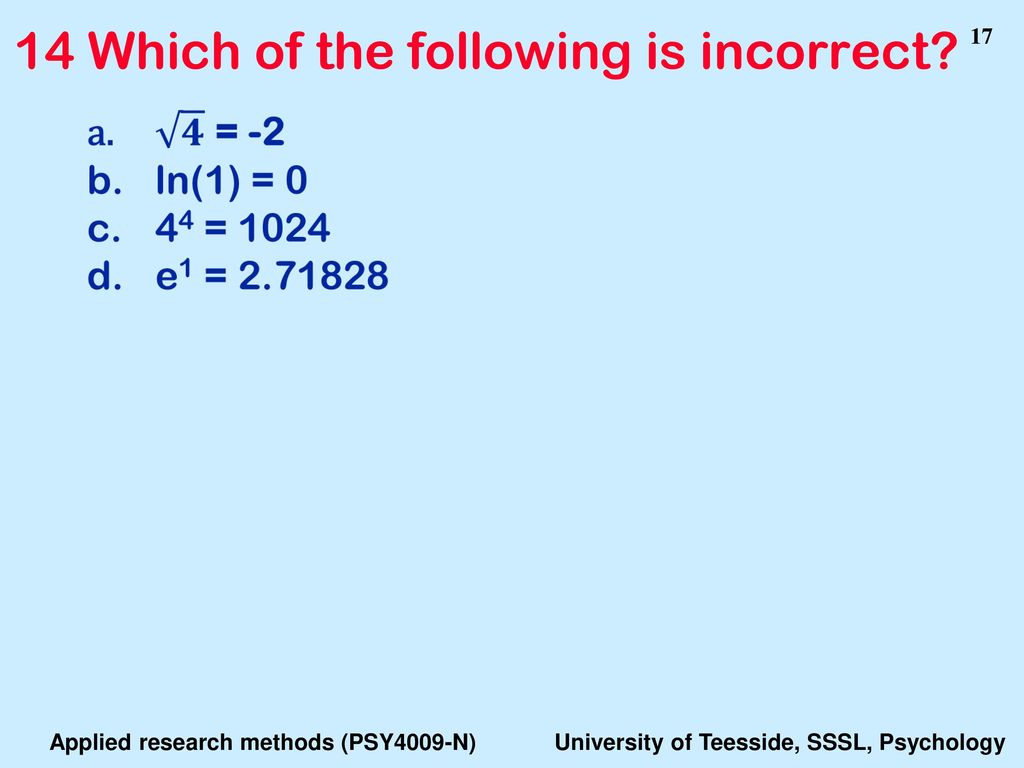Which Of The Following Is An Incorrect Match

A seemingly innocuous question – "Which of the following is an incorrect match?" – has ignited a fierce debate across educational platforms, online forums, and even legal circles. The deceptively simple query often masks complex issues relating to curriculum accuracy, evolving knowledge, and the subjective nature of interpretation. The implications extend far beyond mere academic quizzes, impacting standardized testing, professional certifications, and ultimately, the credibility of educational institutions.
At the heart of the controversy lies the ambiguity inherent in defining an "incorrect match." A perceived inaccuracy can stem from outdated information, regional variations in definitions, or differing interpretations of complex concepts. This seemingly minor discrepancy can trigger significant downstream consequences, particularly in high-stakes testing scenarios, where a single wrongly answered question can drastically alter a student's future trajectory. The debate forces us to confront fundamental questions about the nature of knowledge, the role of education, and the responsibilities of those who create and administer assessments.
The Anatomy of an "Incorrect Match"
To understand the complexities, it's crucial to dissect what constitutes an "incorrect match" in different contexts. Often, these questions present a pair of items and ask the test-taker to identify if the relationship between them is accurate or not. A history question might pair a historical figure with an event, while a science question might link a term with its definition.
However, the simplicity ends there. What happens when the historical understanding of an event changes? What if a scientific definition is nuanced or contested? These are the grey areas that fuel the debate.
Examples of Contentious Matches
Consider a question pairing Christopher Columbus with the "discovery of America." While historically commonplace, this phrasing is now widely criticized for ignoring the existence of indigenous populations who inhabited the Americas long before Columbus' arrival. The "incorrectness" of this match depends entirely on one's perspective and understanding of history.
Another example lies in scientific classifications. The categorization of certain species or the accepted definitions of specific phenomena are constantly evolving based on new research. A textbook definition might be considered "incorrect" by contemporary scientific standards, leading to confusion and frustration.
Furthermore, regional variations can also play a significant role. A term or concept commonly understood in one part of the world might have a different meaning or application in another. This disparity can create unfair disadvantages for students from different backgrounds or educational systems.
The Impact on Education and Testing
The ambiguity surrounding "incorrect matches" has a direct and tangible impact on education. Students are often taught to memorize facts and definitions without necessarily understanding the underlying context or nuances. This approach can lead to rote learning and a superficial understanding of the subject matter.
Standardized tests, crucial for college admissions and professional certifications, are particularly vulnerable to this issue. A single "incorrect match" question based on outdated or contested information can unfairly penalize students who possess a more nuanced or up-to-date understanding. This raises serious questions about the fairness and validity of these assessments.
The consequences extend beyond individual students. Educational institutions also face pressure to maintain curriculum accuracy and adapt to evolving knowledge. The debate surrounding "incorrect matches" forces them to critically evaluate their teaching methods and assessment strategies.
The Role of Interpretation and Context
Ultimately, the debate boils down to the role of interpretation and context. There is rarely a single, definitive "correct" answer in complex fields like history, science, or social studies. Different perspectives, methodologies, and evolving research can all contribute to varying interpretations.
Therefore, it is crucial for educators to emphasize critical thinking and analytical skills, rather than simply memorizing facts. Students should be encouraged to question assumptions, evaluate evidence, and form their own informed opinions.
Similarly, test developers need to exercise greater caution and transparency in creating assessment questions. They should strive to avoid ambiguous phrasing, outdated information, and culturally biased content. Clear and concise language, along with multiple acceptable answers, can help mitigate the risk of unfair penalization.
Moving Forward: A Call for Nuance and Transparency
The controversy surrounding "incorrect matches" highlights the need for a more nuanced and transparent approach to education and testing. Educators, test developers, and policymakers must work together to create a system that values critical thinking, encourages informed debate, and avoids perpetuating outdated or inaccurate information.
This includes fostering a culture of continuous learning and adaptation, where knowledge is viewed as an evolving process rather than a static set of facts. Educational materials and assessments should be regularly reviewed and updated to reflect the latest research and perspectives.
By embracing nuance, promoting critical thinking, and prioritizing transparency, we can create a more equitable and effective educational system that prepares students for the challenges and complexities of the 21st century. Ignoring the inherent difficulties surrounding the identification of an “incorrect match” risks perpetuating misinformation and hindering intellectual growth.

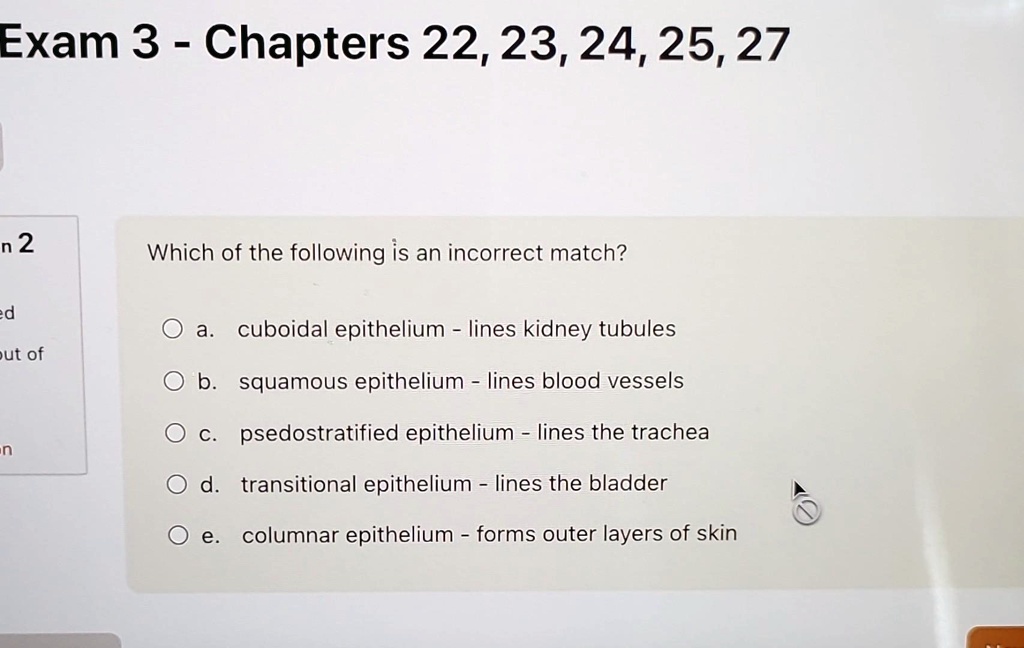
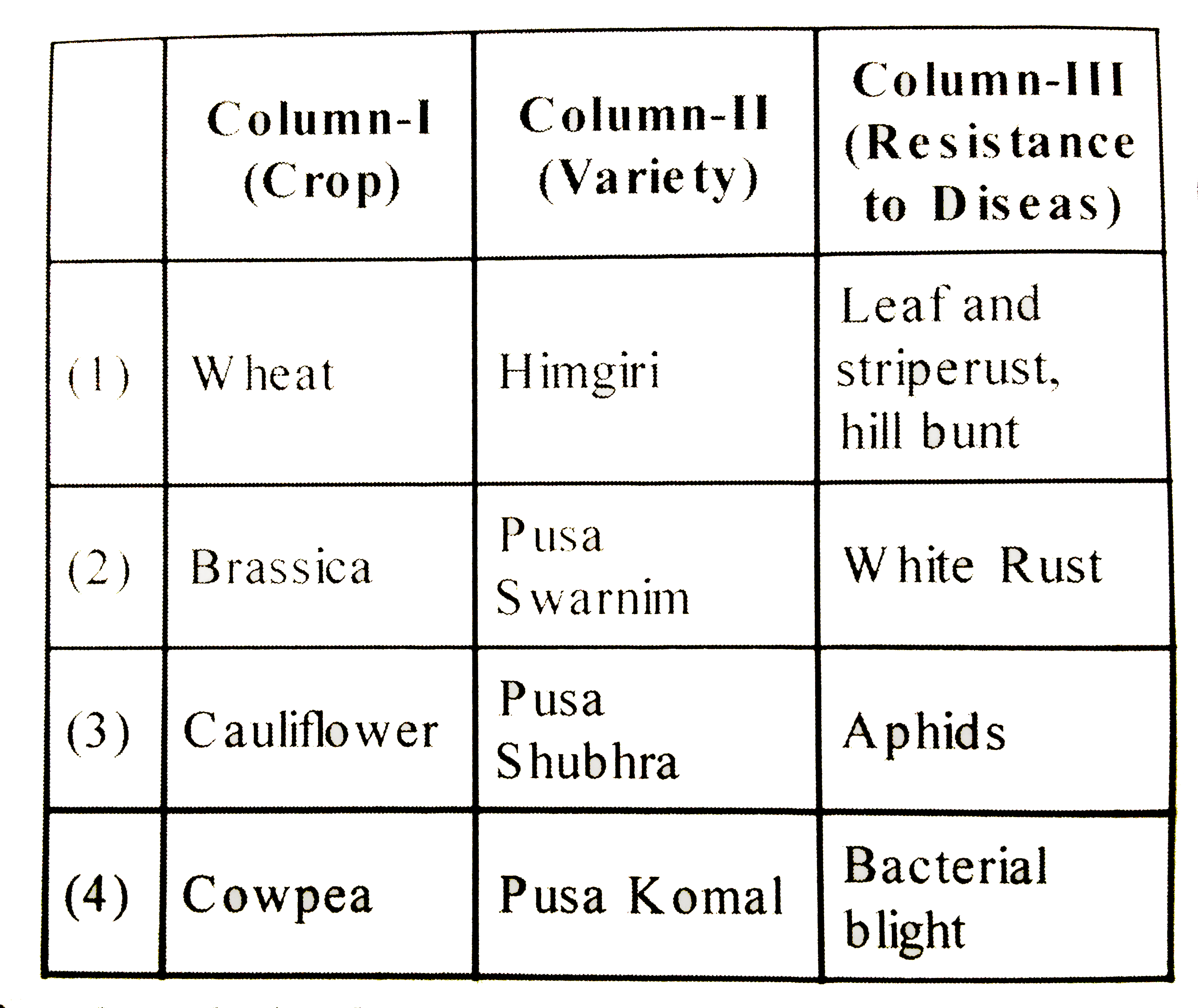
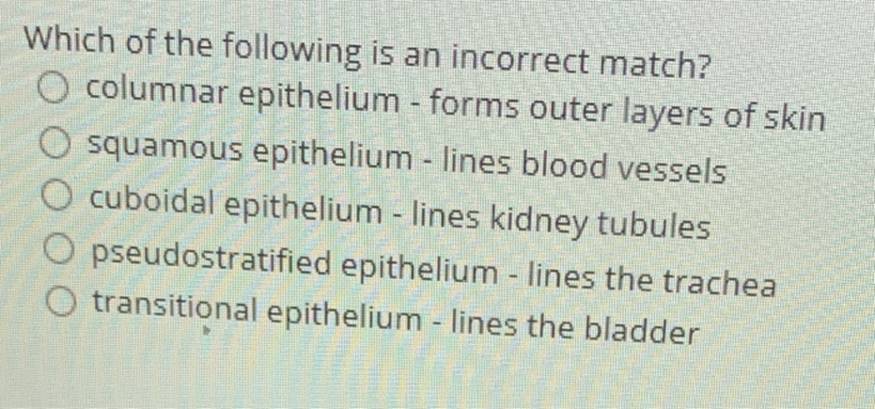


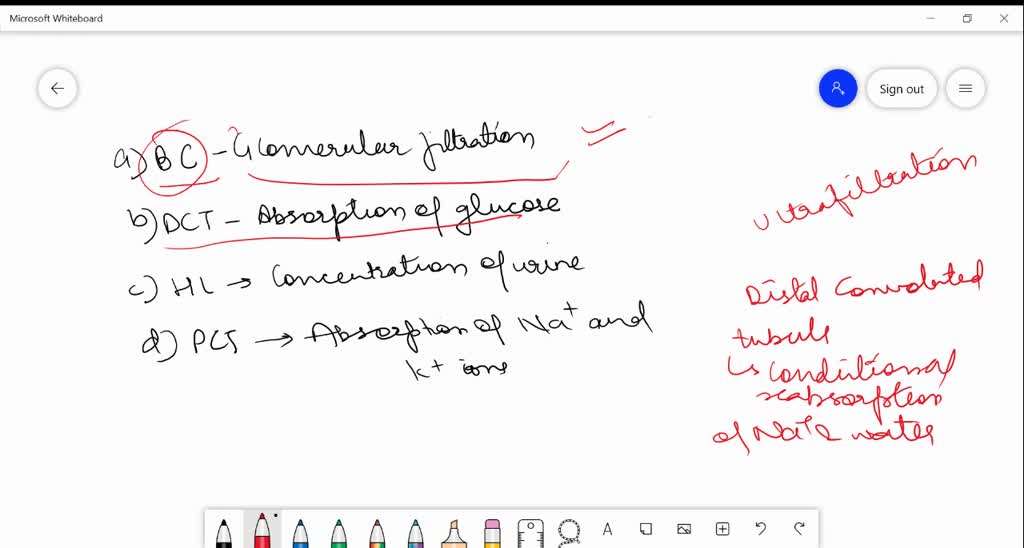
![Which Of The Following Is An Incorrect Match [ANSWERED] Which of the following is an incorrect match of molecule to](https://media.kunduz.com/media/sug-question/raw/67003119-1657365676.6506035.jpeg?h=512)





